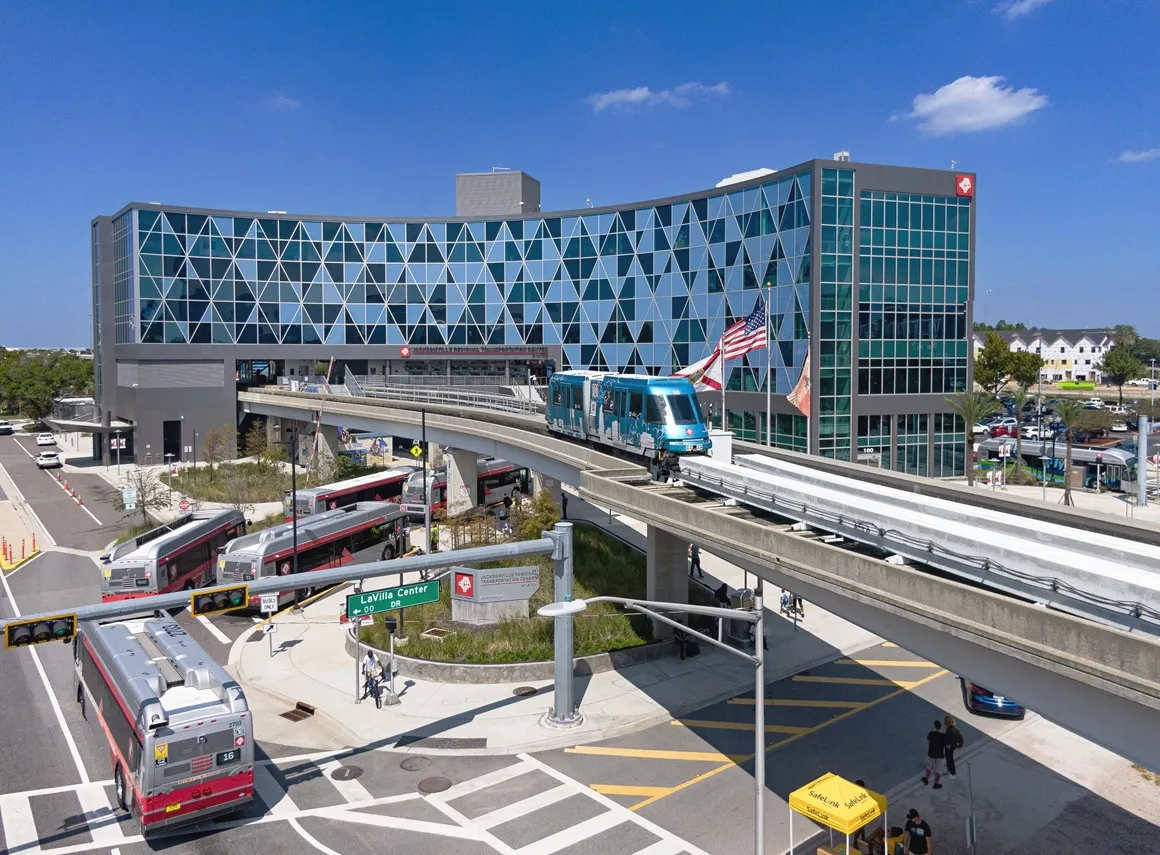Having been an early pioneer in the M2M market in automotive, security and smart metering industries, Telenor Connexion developed an advanced M2M dedicated platform in 2009. This platform and managed M2M solutions were subsequently chosen by companies such as Omron, Nissan, TomTom, and Qualcomm for their embedded connectivity solutions. Telenor Connexion has announced the next step in the company's evolution - a strategic deal with Ericsson where Ericsson acquires the advanced M2M platform in order to allow
May 21, 2012
Read time: 2 mins
Having been an early pioneer in the M2M market in automotive, security and smart metering industries, 955 Telenor Connexion developed an advanced M2M dedicated platform in 2009. This platform and managed M2M solutions were subsequently chosen by companies such as 564 Omron, 838 Nissan, 1692 TomTom, and 213 Qualcomm for their embedded connectivity solutions. Telenor Connexion has announced the next step in the company’s evolution - a strategic deal with 5650 Ericsson where Ericsson acquires the advanced M2M platform in order to allow for larger economies of scale.
Telenor Connexion says this aggressive move allows it to free up resources allowing for focus on fulfilling customers’ needs rather than concentrating on the day to day operations of an M2M platform. Less emphasis will be placed on the base systems and more resources will become engaged in developing new value added services per vertical market, improving and customising products, as well as utilising partnerships to complement the M2M development.
“The new direction will enable us to deliver market-making services faster to our rapidly growing customer base,” said Per Simonsen, CEO. “Telenor Connexion has designed and deployed the best in class M2M platform, thereby making it attractive to a company like Ericsson to leverage for their own M2M initiatives. We believe that our increased focus on value added services will address the multiple demands of our customers and allow us to retain our competitive edge. With this strategic development, we will further strengthen our position as the leading provider of premium M2M solutions. It is also a way to continue to differentiate ourselves in the market,” Simonsen added.
Telenor Connexion says this aggressive move allows it to free up resources allowing for focus on fulfilling customers’ needs rather than concentrating on the day to day operations of an M2M platform. Less emphasis will be placed on the base systems and more resources will become engaged in developing new value added services per vertical market, improving and customising products, as well as utilising partnerships to complement the M2M development.
“The new direction will enable us to deliver market-making services faster to our rapidly growing customer base,” said Per Simonsen, CEO. “Telenor Connexion has designed and deployed the best in class M2M platform, thereby making it attractive to a company like Ericsson to leverage for their own M2M initiatives. We believe that our increased focus on value added services will address the multiple demands of our customers and allow us to retain our competitive edge. With this strategic development, we will further strengthen our position as the leading provider of premium M2M solutions. It is also a way to continue to differentiate ourselves in the market,” Simonsen added.










